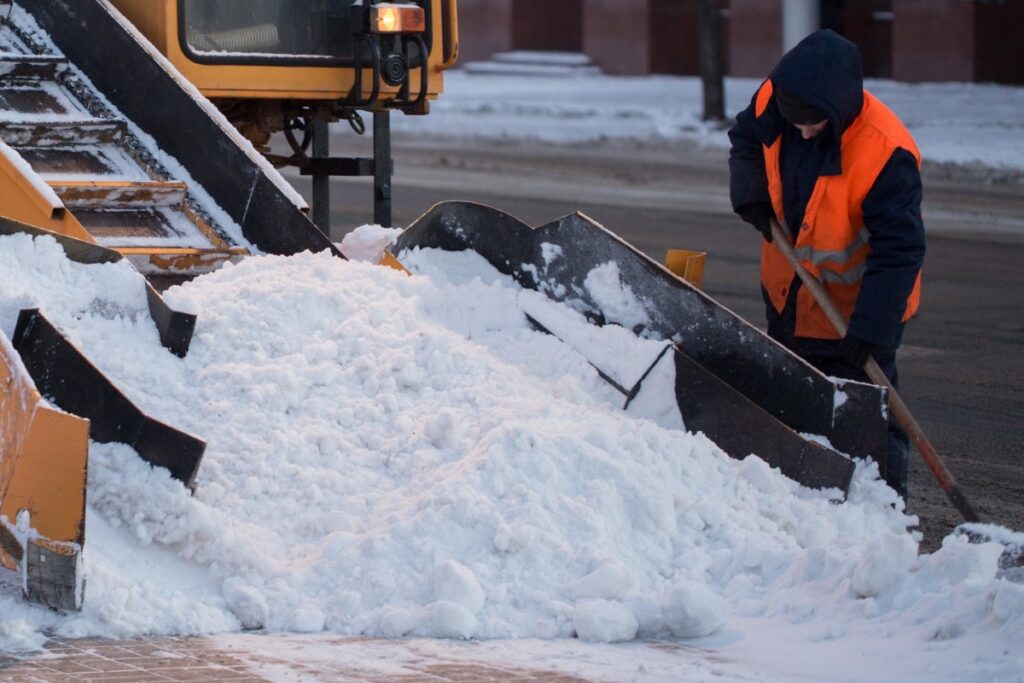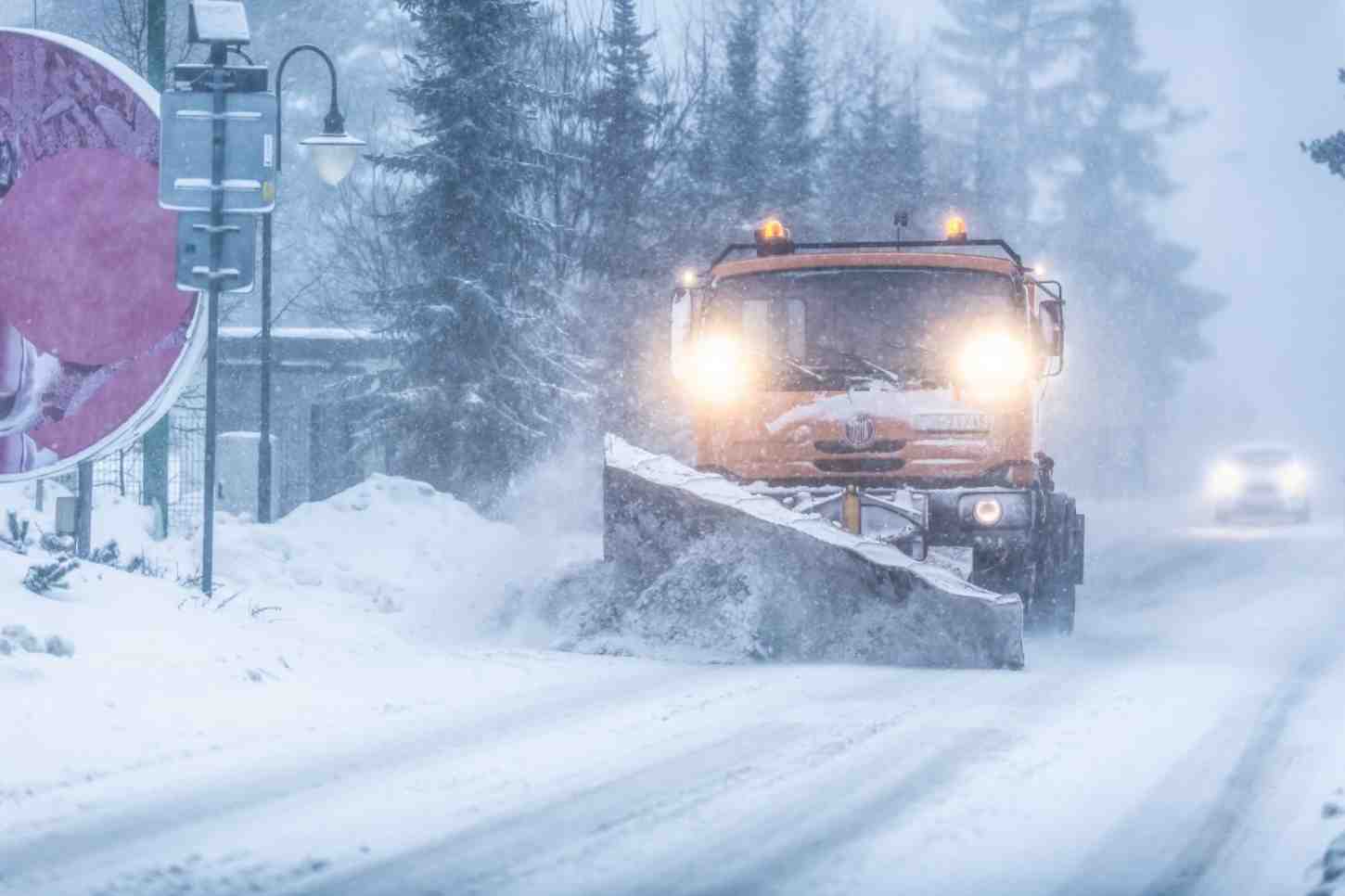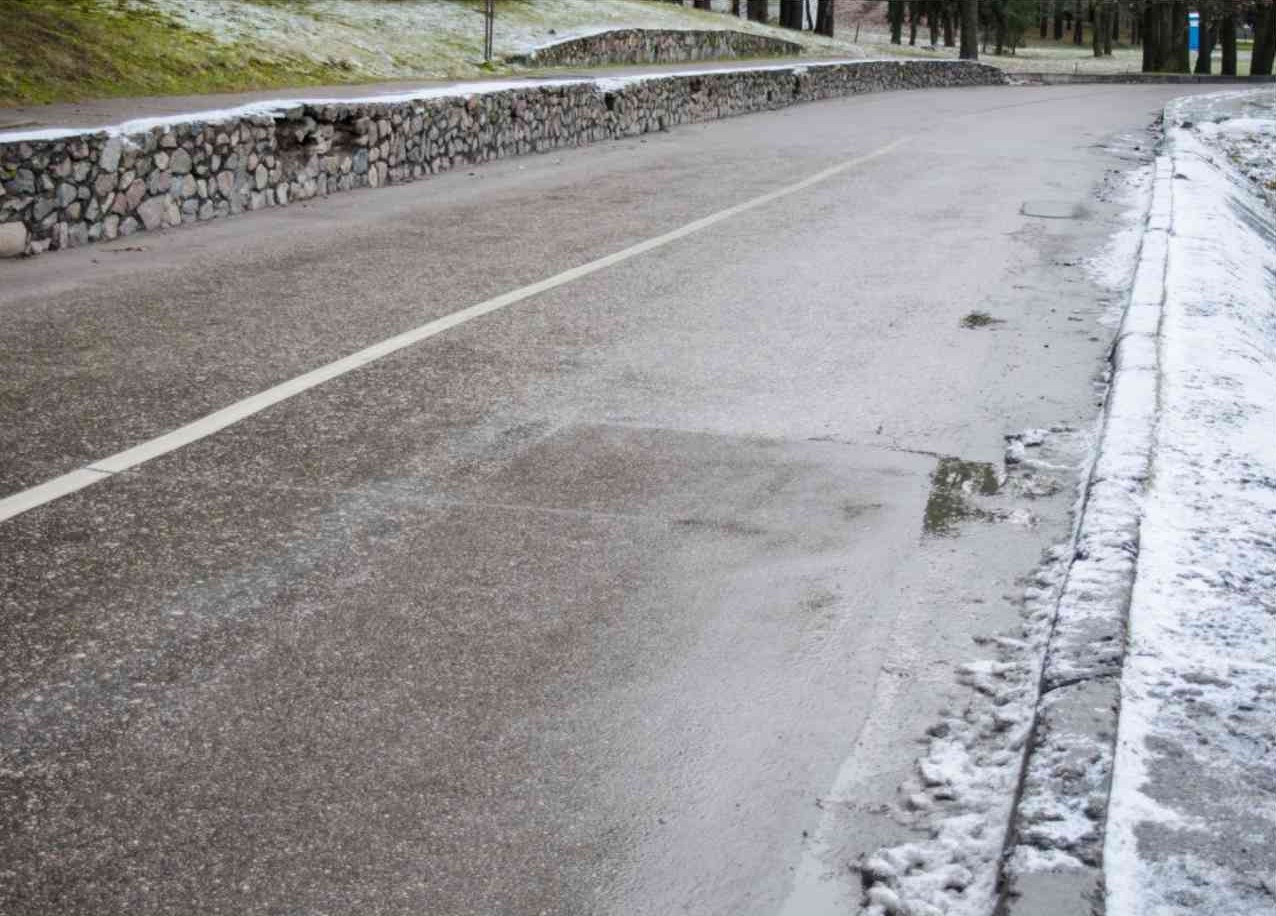Understanding Commercial Snow Removal Services
Snowfall brings its share of challenges, especially for businesses and commercial properties. Managing snow and ice is more than an operational necessity; it plays a critical role in safety, accessibility, and maintaining a professional appearance. For property managers, facility operators, and business owners, understanding how commercial snow removal services work can significantly impact day-to-day operations during winter months.
The Core Purpose of Commercial Snow Removal
At its essence, commercial snow removal ensures that parking lots, sidewalks, driveways, and building entry points remain accessible and safe. Accumulated snow and ice can lead to slips, falls, and vehicle accidents, potentially resulting in liability concerns for property owners. Professional snow removal addresses these risks efficiently while ensuring compliance with local ordinances that may mandate timely snow clearing.
Key Components of a Professional Snow Removal Service
Every property has unique requirements, so commercial snow removal providers often customize their services. These typically include snow plowing, salting or sanding, ice removal, and pre-treatment to minimize accumulation.
Snow Plowing
Essential for clearing large areas like parking lots and driveways, plowing removes bulk snow quickly. It’s typically performed using heavy-duty equipment such as trucks with mounted plows or motorized loaders for larger areas. Precision is crucial to avoid damaging curbs, landscaping, or infrastructure.
De-icing and Salting
Ice can linger after snow removal, creating hazards. Spreading salt or other de-icing materials prevents ice formation by lowering the freezing point of water. Alternatives like sand may be used to improve traction in areas prone to persistent ice buildup.
Snow Hauling
In regions with heavy snowfall, relocating plowed snow is often necessary to avoid obstructing high-traffic areas. Snow hauling involves transporting the excess snow to off-site locations, ensuring the property remains fully functional.
Pre-treatment Services
Applying anti-icing solutions before a storm begins helps prevent snow and ice from bonding to surfaces. This proactive measure can save significant time and effort during the cleanup process.
Factors That Shape the Scope of Services
The snow removal strategy for a property depends on several factors, including its type, regional snowfall averages, and the total area needing attention. For example, a high-traffic retail center requires different handling than a small office complex.

Accessibility also plays a role. Properties with multiple entry points, loading docks, or pedestrian walkways need tailored solutions. Open communication with your snow removal provider ensures clear priorities and prompt service for critical areas.
Timing and Scheduling: A Crucial Element
Success in snow removal depends on timing. Many providers operate 24/7 to handle storms as they occur. Early response prevents snow from compacting under vehicle and foot traffic, which makes removal far more difficult.
Snow removal agreements often include trigger points—pre-determined snow depths (e.g., two inches) that automatically initiate service. Providers using automated weather monitoring can stay ahead of shifting conditions and ensure timely, efficient action.
Tools and Equipment Used in the Field
Modern snow removal relies on a combination of machinery and technology. Equipment such as plow trucks, skid steers, snow blowers, and salt spreaders expedite snow clearing. GPS tracking and weather forecasting further enhance efficiency by optimizing routes and resource allocation.
Advanced systems allow providers to monitor equipment in real-time, ensuring faster response times across multiple properties.
Advantages of Hiring Professionals Over DIY Approaches
While some businesses manage snow clearing internally, professional services offer significant benefits. Specialized equipment, experienced operators, and efficient protocols result in faster, more reliable outcomes. Additionally, professionals carry insurance, reducing liability risks from accidental property damage.
Self-managed snow removal can overextend staff and resources, especially during heavy storms. Outsourcing allows businesses to remain focused on core operations without compromising safety or accessibility.
Environmental Considerations in Snow Removal
Traditional snow removal materials, particularly road salts, pose environmental risks. Over-salting can contaminate soil and water, harming local vegetation and aquatic life. Many professional snow removal companies now use eco-friendly alternatives, such as brine solutions, which reduce salt usage while remaining effective.
Targeting high-risk areas instead of blanket salt coverage also minimizes impact. Discussing sustainable options with your provider helps align snow removal practices with your company’s environmental goals.
How to Choose the Right Service Provider
Choosing a snow removal contractor requires more than comparing prices. Reliability, experience, and responsive customer service are just as important. When vetting potential providers:
- Review their insurance coverage to protect against liability.
- Check references and ask about experience with properties similar to yours.
- Ensure that contracts are clear about service terms, including pricing, trigger points, and any additional fees.
Experience with commercial properties ensures that the provider can navigate tight spaces, large lots, and unique regulations with ease.
Cost Considerations and Budgeting
Snow removal costs vary based on property size, service levels, and regional weather. Providers may offer seasonal contracts for a fixed price or per-visit rates. Seasonal contracts offer budget predictability, while per-visit pricing may be more economical in mild winters.
Obtaining detailed quotes helps avoid hidden fees and supports accurate budgeting. Clarifying service scopes and expectations upfront leads to smoother operations.
Common Challenges in Snow Removal
Unpredictable weather presents frequent challenges. Rapid temperature drops create ice, requiring immediate action, while heavy snowfall in short periods can strain resources. Clear communication and prioritizing areas like entryways help mitigate these issues.
The Role of Technology in Modern Snow Removal
Technology continues to improve snow removal efficiency. Hyper-local weather forecasting tools, mobile apps for real-time service updates, and autonomous snow equipment are transforming the industry. Innovations like these ensure faster service, optimized resource allocation, and cost control for clients.
Why Choose National Facility Contractors?
When winter storms threaten safety and operations, partnering with National Facility Contractors (NFC) makes all the difference. NFC provides comprehensive, proactive snow removal solutions tailored to your unique property. Using advanced technology, real-time monitoring, and eco-friendly materials, NFC keeps your property safe and accessible. With 24/7 response capability, on-time service guarantees, and bundled maintenance options, NFC helps you minimize disruptions, reduce liability, and manage winter challenges with confidence.
Conclusion
Snow removal for commercial properties demands thoughtful planning, specialized equipment, and skilled professionals. By choosing a trusted partner like National Facility Contractors, you can ensure safety, efficiency, and peace of mind all winter long. Contact us today to create a customized snow management plan that keeps your business running smoothly, no matter the forecast.







